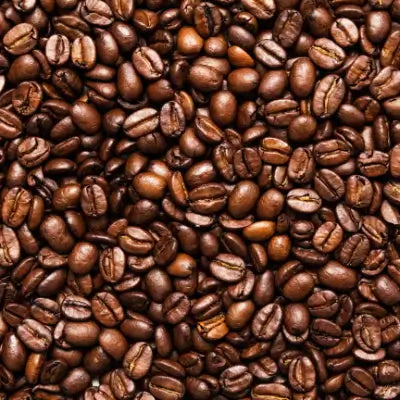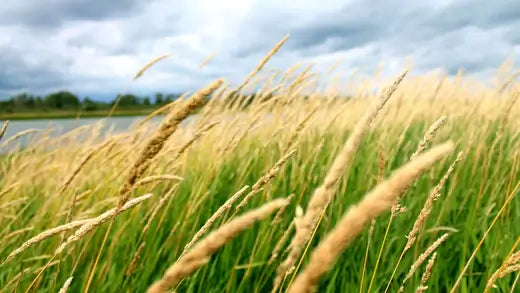If you're beginning to start gardening, it may appear like an endless amount to learn, and you've got a million questions. What should you do to plant perennials and flowers, and what soil type would be best? When is the right time to trim your hydrangeas and separate your hostas? Do you have enough sunshine and water?
The great thing about nature is that it is an excellent teacher. The more you plant and learn, the more you'll know about what works and does not. For now, use this list of gardening basics strategies to discover the answers to the most frequently asked questions that beginners are asked. Remember to have fun growing perennials and beautiful flowers in your garden!
Create a drip feeder using an empty soda bottle.
Are there plants (especially vegetables) that thrive better when the water is pumped into their roots rather than overhead? Using an old soda bottle is a simple and inexpensive method to build a drip feeder that you can put beneath the plant.
You can puncture holes in the globe (a barbeque skewer is a great choice) and place it in the same spot as your young plant.
The bottle can allow an infrequent release of water close to the roots. This method prevents fungus from growing and can also help reduce leaf problems.
Protect and nourish your plants by using eggshells.
Don't throw eggshells into the garbage if you plan to make deviled eggs! Eggshells can be helpful for gardening. If you scatter them over the base of your plants, they can enrich the soil by adding calcium. Additionally, eggshells repel insects and therefore shield your plants from insects.
Ideas for Planting Perennials In Your Garden
You would like a garden that is low maintenance that doesn't require much planting or weeding. It also offers an uplifting view for all. You're looking for something to add an extra luster to your dull and depressing surroundings. If that's what you are looking for, you are likely looking for perennials.
As their name implies, perennials bloom repeatedly and over, allowing you to take pleasure in them throughout the year. The garden flowers create a beautiful shape and color for your house each year. A few popular perennial flowering plants include Daffodils, Lilies, Chrysanthemums, Coral bells, and the like.
It's a struggle to select the easiest-to-care-for plants among the plethora of perennials available for you to choose from, particularly if you're a novice gardener.
Siberian Iris
The Siberia Iris has a stunning white iris, an emblem of love and innocence. In addition to the name "Siberia flower," it is a perennial favorite in the wild and gardens. It grows up to 3 feet tall and can be one stem of flowers as long as 1'.
It is a flower with an enchanting, sweet scent. Iris sibirica is among the most sought-after plants for ornamental plants for shade and borders for gardens, specifically because of its stunning display in spring. The plant doesn't require an extensive cultivation program and is tolerant; even the harshest winters cannot kill it.
The bulbs are simple to cultivate and often planted in the fall before freezing the ground or earlier in warmer climates before winter arrives. They aren't frost-resistant; however, they won't be affected by frost alone and can be planted in places where other bulbs are frozen so long as the soils are in good condition.
Siberian Iris is a gorgeous deep purple perennial that is indigenous in Europe in Europe and Asia. It is characterized by long, green leaves and a long stem that produces deep blue flowers.
The greatest thing that Iris sibirica has is its versatility. Iris sibirica is relatively easy to take care of! They're hardy, drought-tolerant, and don't require much sunlight to grow!
Stella De Oro Daylily
Stella De Oro has tall, grassy-looking, upright leaves with a lovely color of hunter's green. As the leaves grow taller, they fold in beautiful arching shapes.
The flowers are bright yellow and have delicately ruffled edges. The blooms measure almost three inches in diameter and stand out perfectly in the background of the leaves.
The vibrant trumpet-shaped, golden yellow perennial flower is found in nearly every USDA cultivating zone of the contiguous 48 states. They are attractive, have a floral scent, and are durable and easy to care for.
Daylilies originated in Eurasia but are extensively used and flourishing throughout North America. They can withstand drought, heat, and insects. All you have to plant is provide it with water, fertilize it every two years, prevent the soil from becoming compact, and enjoy the bright color.
Stella De Oro loves an area with full sun; however, it also can tolerate some shade. It needs around one inch of water every week; however, it is not a fan of wet feet and requires its soil to drain correctly.
Brown Eyed Susan
Perennial is a term used to describe a plant reborn yearly. Technically speaking, Brown Eyed Susan is a biennial. It means that it has completed its life cycle within two years.
However, don't let this hinder you. As Brown Eyed Susan self-seeds generously, it will multiply, and the cycle will continue by self-seeding.
Similar to perennials, there is no have to plant Brown Eyed Susan. It will take good care of it. Brown-eyed Susan can grow to anywhere between three and five feet. The local conditions for growth determine the adult's height. The wildflower is thin and appears to expose its bright face to the sun.
Each stem of burgundy has two or more flower heads. They are typically less than three inches in diameter and feature warm hues in golden orange and yellow disc-shaped petals wrapped in the brown pom-pom's middle.
The leaves are trilobed. They are slim and ovate. They're gorgeous dark green, making an ideal foil for bright flowers.
Daffodils
Daffodils originate from bulbs usually planted during the last days of summer or at the beginning of autumn. Although they tolerate cold, the bulbs require a whole sun place in spring to wake them up and signal that it's time for the flowers to appear.
It's simple to grow bulbs. They require loose or de-compacted soil fertilizer, organic compost, and a sun-filled area. Make the trench 2" more than the bulb length, then put the bulb with the roots facing towards the ground with the top pointed facing up. Replace the soil gently and give the bulbs a thorough irrigation.
Daffodils are small-sized flowers with a distinct trumpet shape. They have darker golden-yellow petals with a few pale yellow or white dots. They can reach a height between 12-" to 18" tall, ideal for creating the middle row of the garden border in springtime.
Lavender Tulips
Lavender triumph tulip flowers make the perfect option for your next outdoor adventure. When you plant, these flowers will create a stunning space to unwind.
This Lavender Triumph Tulips can flourish in full to partial sun and in various soil types. The beautiful Tulips have lavender petals, a beige center, and a cream-colored edge. The vast, fragrant flowers are ideal for cutting and will make you smile throughout the year.

















































